The 2025 legislative session was a tough one for California’s environmental advocates. Against the backdrop of devastating wildfires, raids impacting California’s immigrant communities, severe budget constraints across the state, and federal rollbacks that weakened environmental protections, many of our state’s most important environmental bills faced uphill battles as legislators were forced to reshuffle their priorities. Still, amid the challenges, we saw meaningful wins for ocean health and waste reduction. And we’re hopeful that a number of bills still in the pipeline will pass next year.
Below is a breakdown of the environmental legislation we’ve been tracking this year and where it stands as we head into 2026.
Major Wins for Our Environment
AB 1056 — Phasing Out Gillnets for Good
We’re thrilled to share a major victory for ocean conservation, and one that Heal the Bay has proudly supported every step of the way through support letters and direct lobbying on California Ocean Day in Sacramento. Governor Gavin Newsom signed AB 1056 into law, which will phase out the last remaining set gillnets in California.
Set gillnets are mile-long nets anchored to the ocean floor that often entangle high numbers of marine wildlife. This destructive gear dates back to 1915, so this victory has been a long time coming. Congratulations to our friends at Oceana, Resource Renewal Institute, and the Office of Assembly Member Steve Bennett who sponsored and championed this milestone legislation. Read the press release here.
SB 279 — Scaling Up Composting Statewide
Another bright spot this session was the passage of SB 279, which takes a major step toward building California’s circular economy by expanding access to composting programs across the state. Composting not only curbs greenhouse gases but also enriches soils, conserves water, supports local agriculture, and helps reduce pollution by making it even easier to use and dispose of compostable products, making this a win for both people and planet. This law strengthens California’s ability to divert organic waste from landfills, reducing methane emissions and helping cities and counties meet their climate goals.
Missed Opportunities
AB 823 — Expanding the Microbead Ban
We were deeply disappointed to see AB 823, vetoed by Governor Newsom. This bipartisan bill that passed both the Assembly and Senate would have expanded California’s existing microbead ban to include cosmetics, further protecting our waterways from harmful microplastics. The governor’s veto cited procedural concerns, but this decision undermines years of progress toward a plastic-free future.
This was an important measure to stop microplastics at the source. Heal the Bay will continue to push for stronger action on this front next year.
SB 45 — Tethered Caps on Bottles
SB 45 would have required tethered caps on beverage bottles, preventing loose plastic caps from polluting our beaches and waterways. This solution already exists in other parts of the globe, with producers adopting the tethered cap design. Unfortunately, the bill died earlier this spring. But it won’t stop our continued advocacy for targeted solutions and bigger, more comprehensive plastic-reduction policies that keep plastics out of our environment.
Bills Still in the Pipeline
Several promising bills didn’t cross the finish line this year but will return for consideration in 2026. We’ll be leveraging our advocacy efforts next year to ensure these proposals around pollution prevention, water justice, and waste reduction don’t stall out for good.
AB 762: Proposes a ban on disposable vapes to protect public health and reduce e-waste.
SB 561: Would create a manufacturer responsibility program for safely managing the disposal of unused emergency distress flares — explosives that poses serious safety risks.
SB 501: Would establish a producer responsibility program for household hazardous waste and require producers of that waste to provide a convenient collection and disposal system.
SB 350: Introduces the creation of a statewide water rate assistance program to ensure access to affordable, clean water.
SB 601: Would reaffirm California’s Clean Water Act protections following federal rollbacks.
AB 638: Was authored to provide state guidance for safely using stormwater as a non-potable water source.
Looking Ahead
Despite the challenges of this legislative season, our commitment to protecting our coast and communities remains as strong as ever. Every session brings new opportunities to advance policies that protect biodiversity, reduce pollution, safeguard clean water, and build a more sustainable Los Angeles.
We’ll continue advocating alongside our partners and community members to advance these bills that are still in the pipeline and ensure that California remains a global leader in ocean conservation and climate action.
Stay tuned for action alerts, local advocacy opportunities, and ways to raise your voice for clean water and healthy ecosystems.




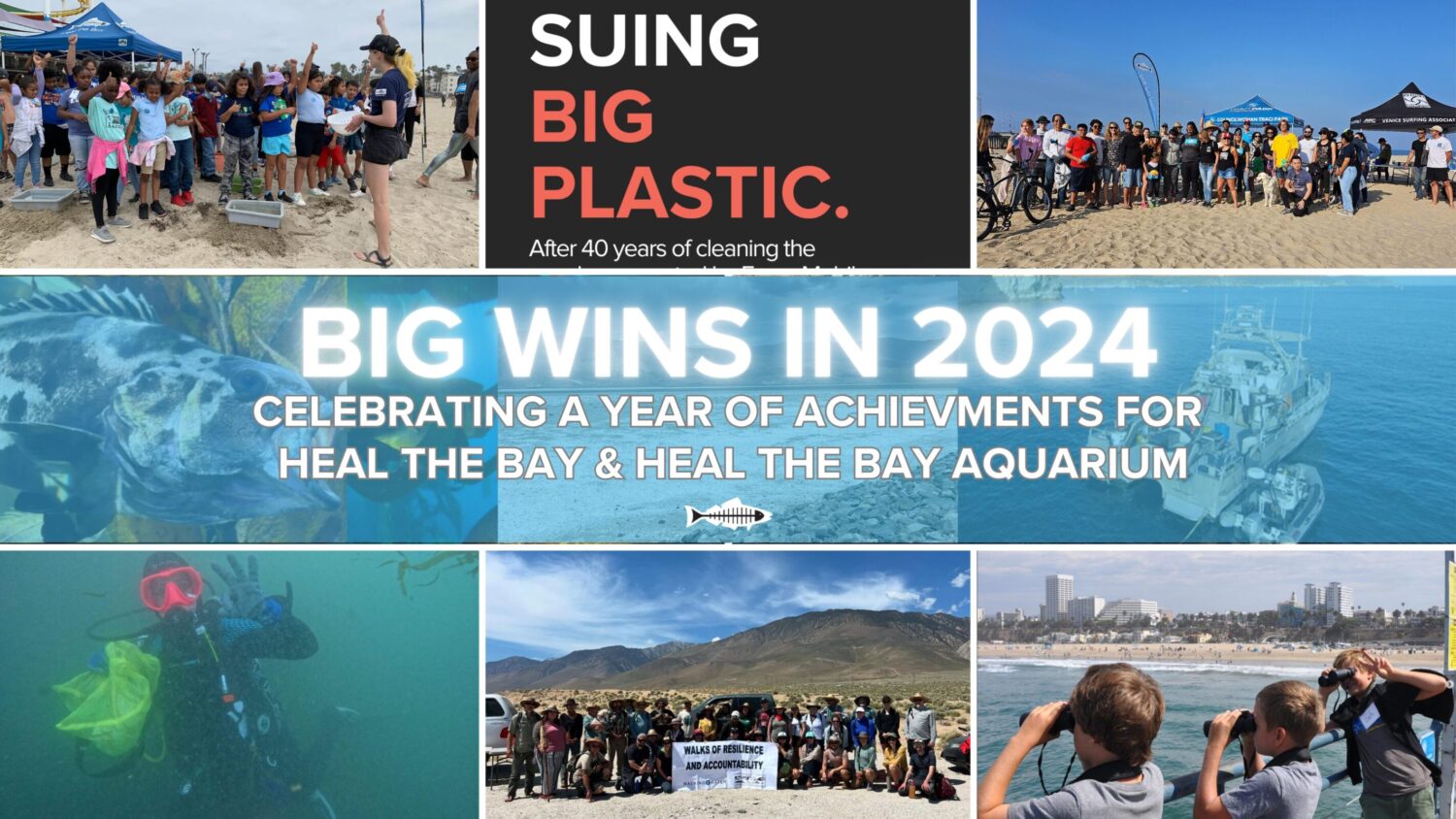
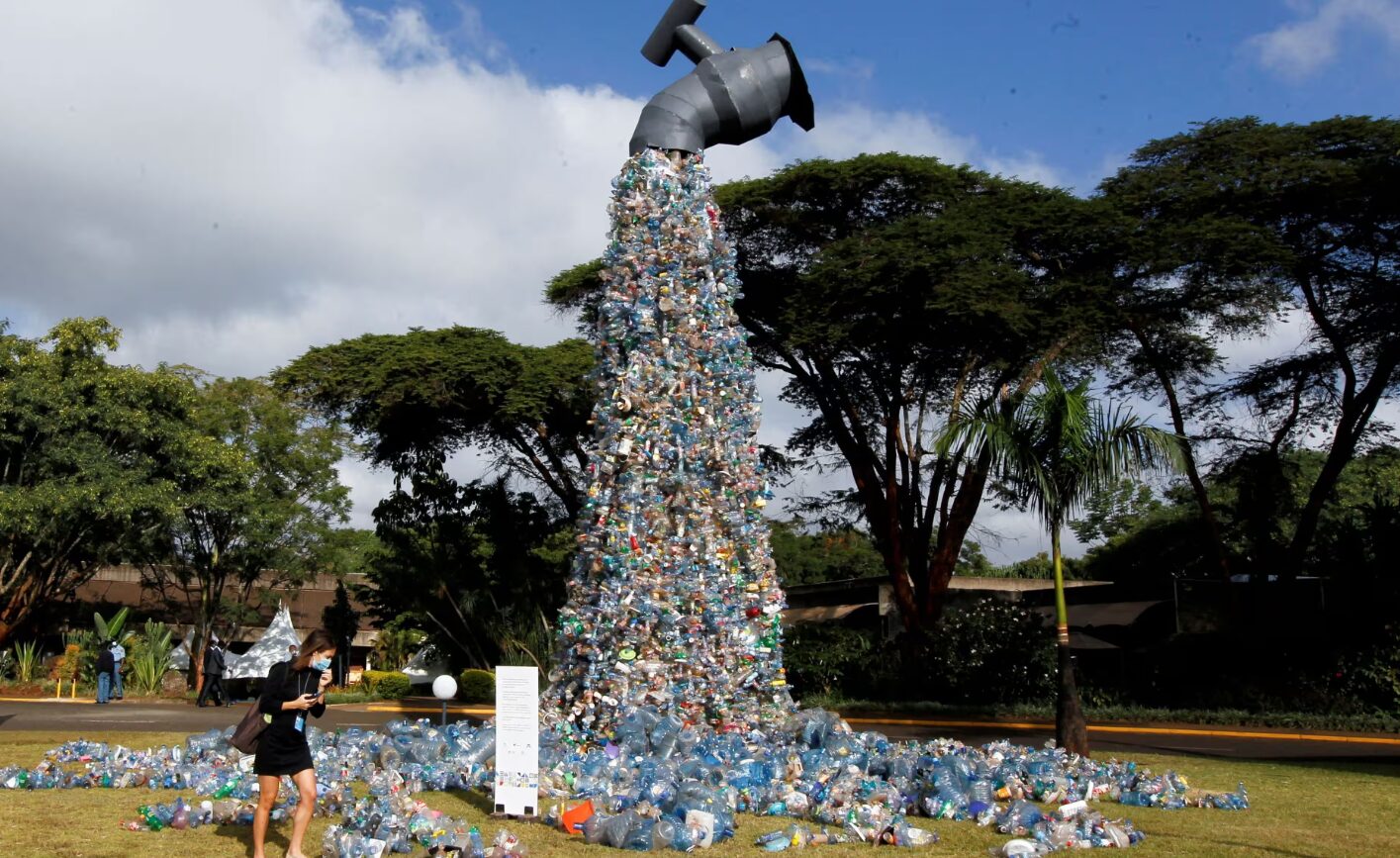 Heal the Bay co-authored the
Heal the Bay co-authored the 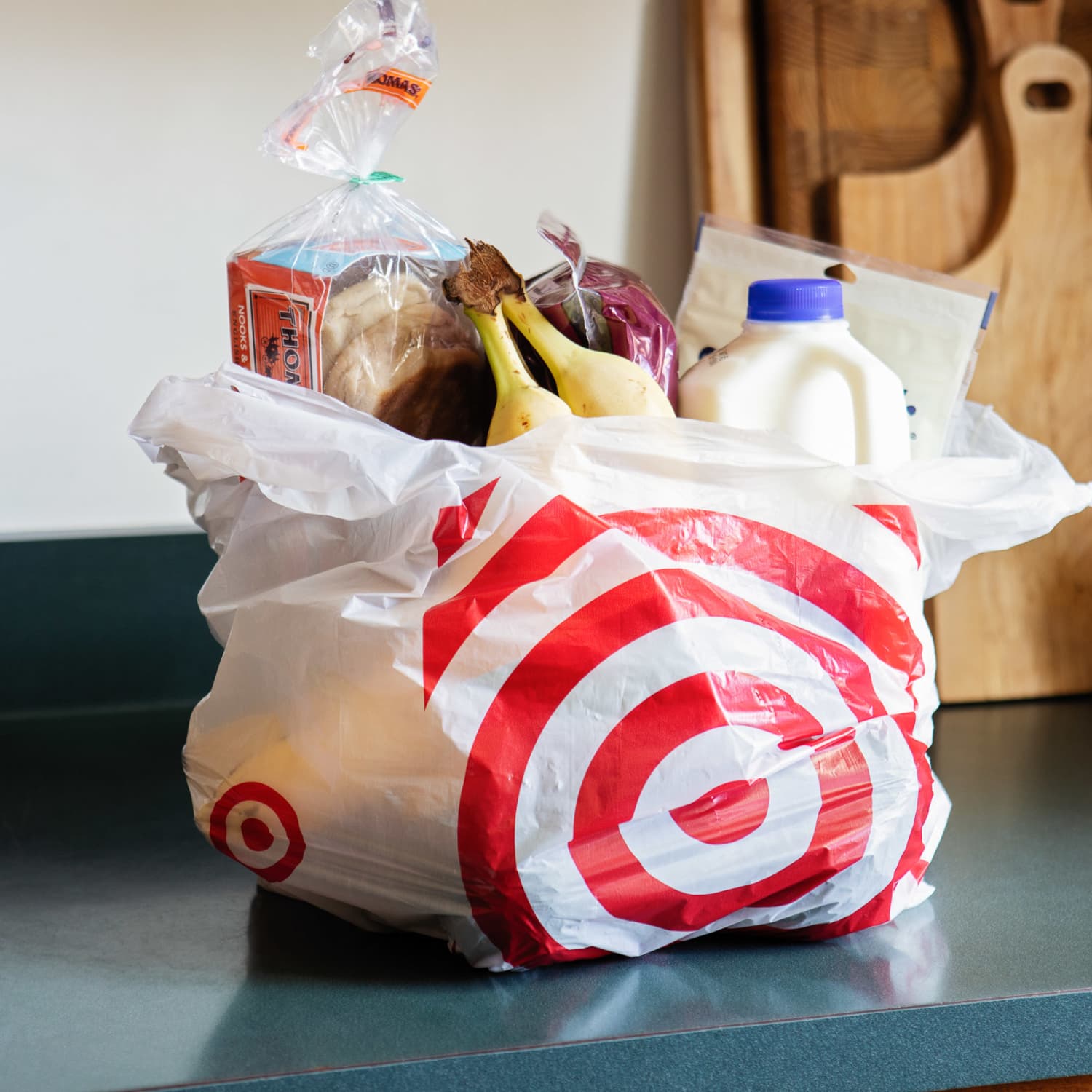 Heal the Bay advocacy supported major wins for state and local plastics regulation this year, including the passage of
Heal the Bay advocacy supported major wins for state and local plastics regulation this year, including the passage of 
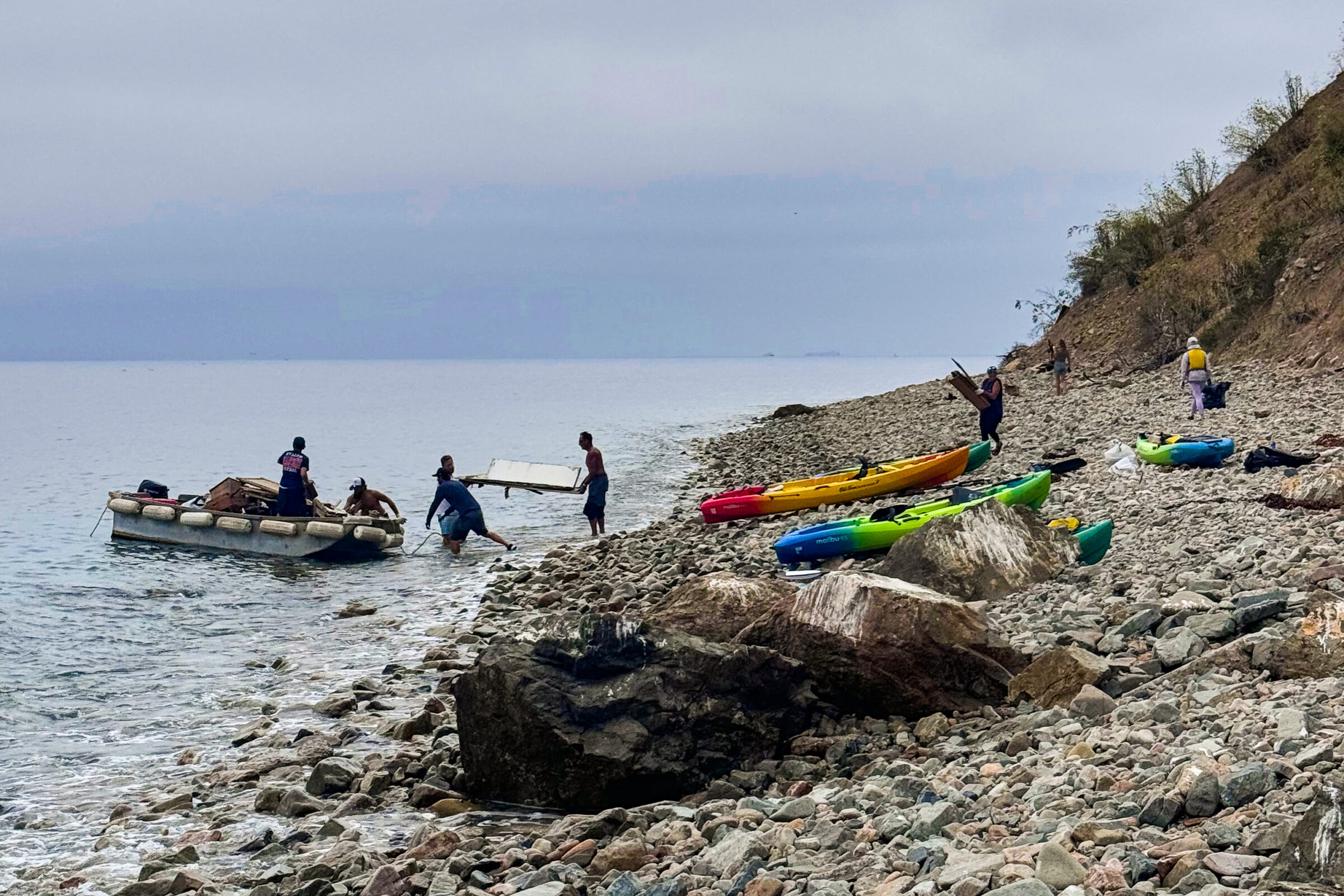 They were also featured as experts in the Los Angeles Times documentary “Out of Plain Sight.”.
They were also featured as experts in the Los Angeles Times documentary “Out of Plain Sight.”. 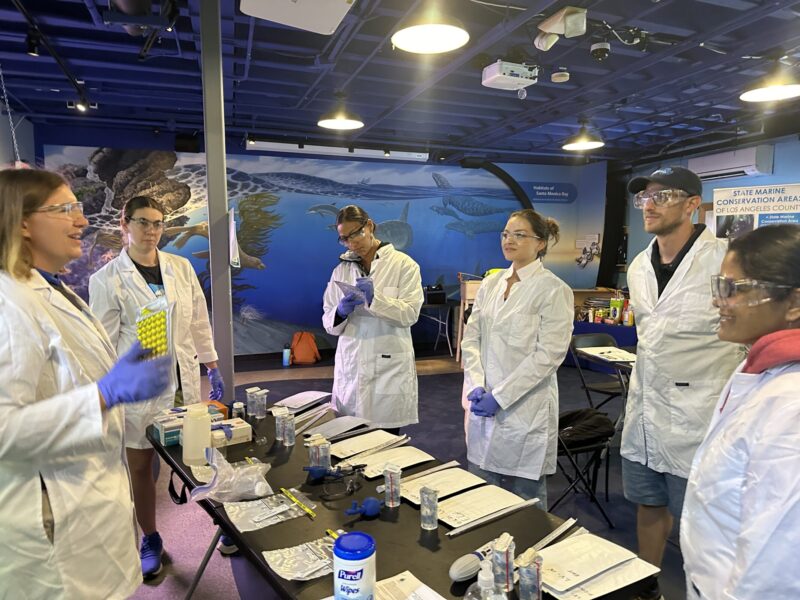
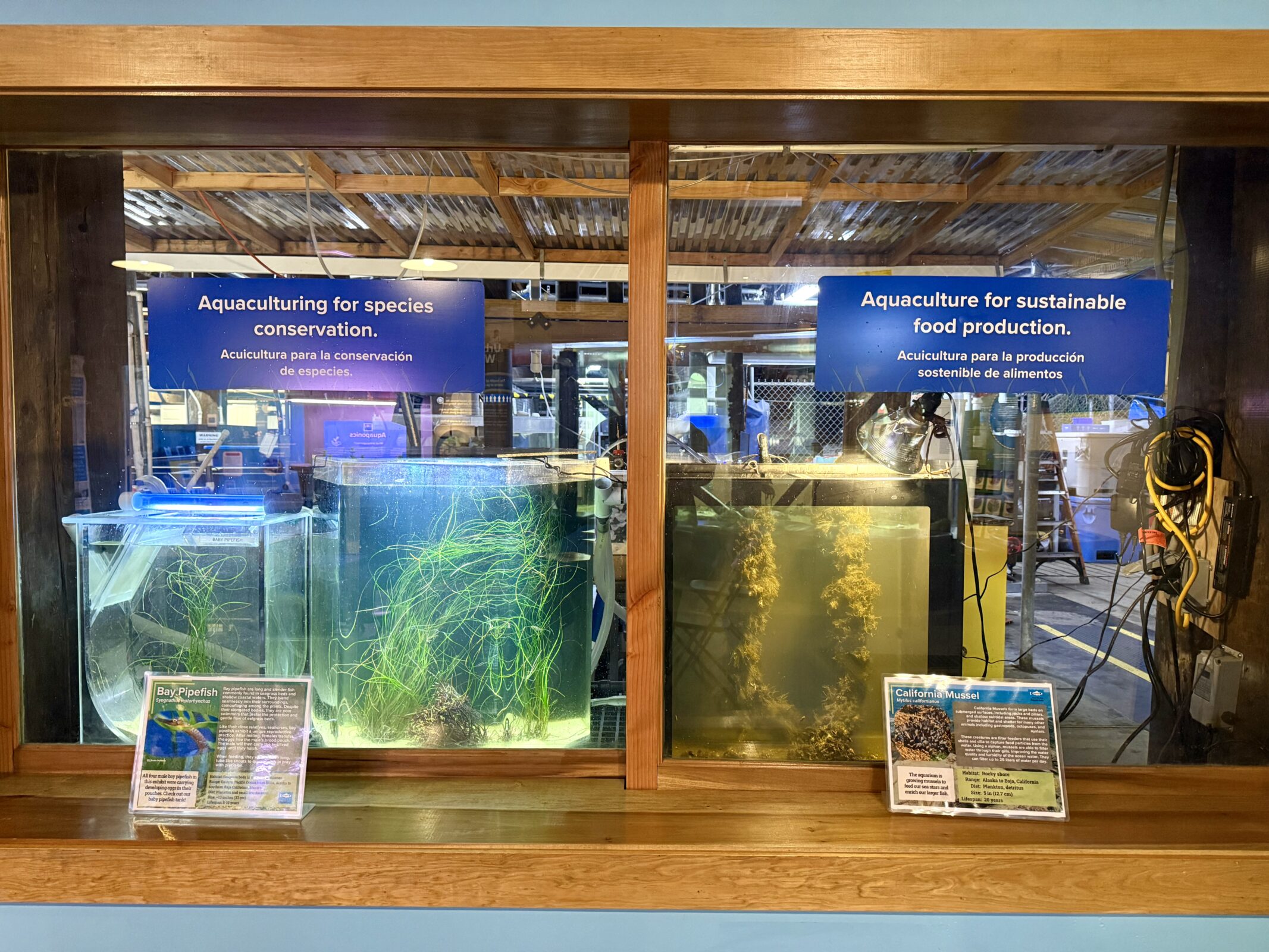 In 2024, Heal the Bay built a blue economy, providing professional training on sustainable aquaculture practices in partnership with Santa Monica College.
In 2024, Heal the Bay built a blue economy, providing professional training on sustainable aquaculture practices in partnership with Santa Monica College. 

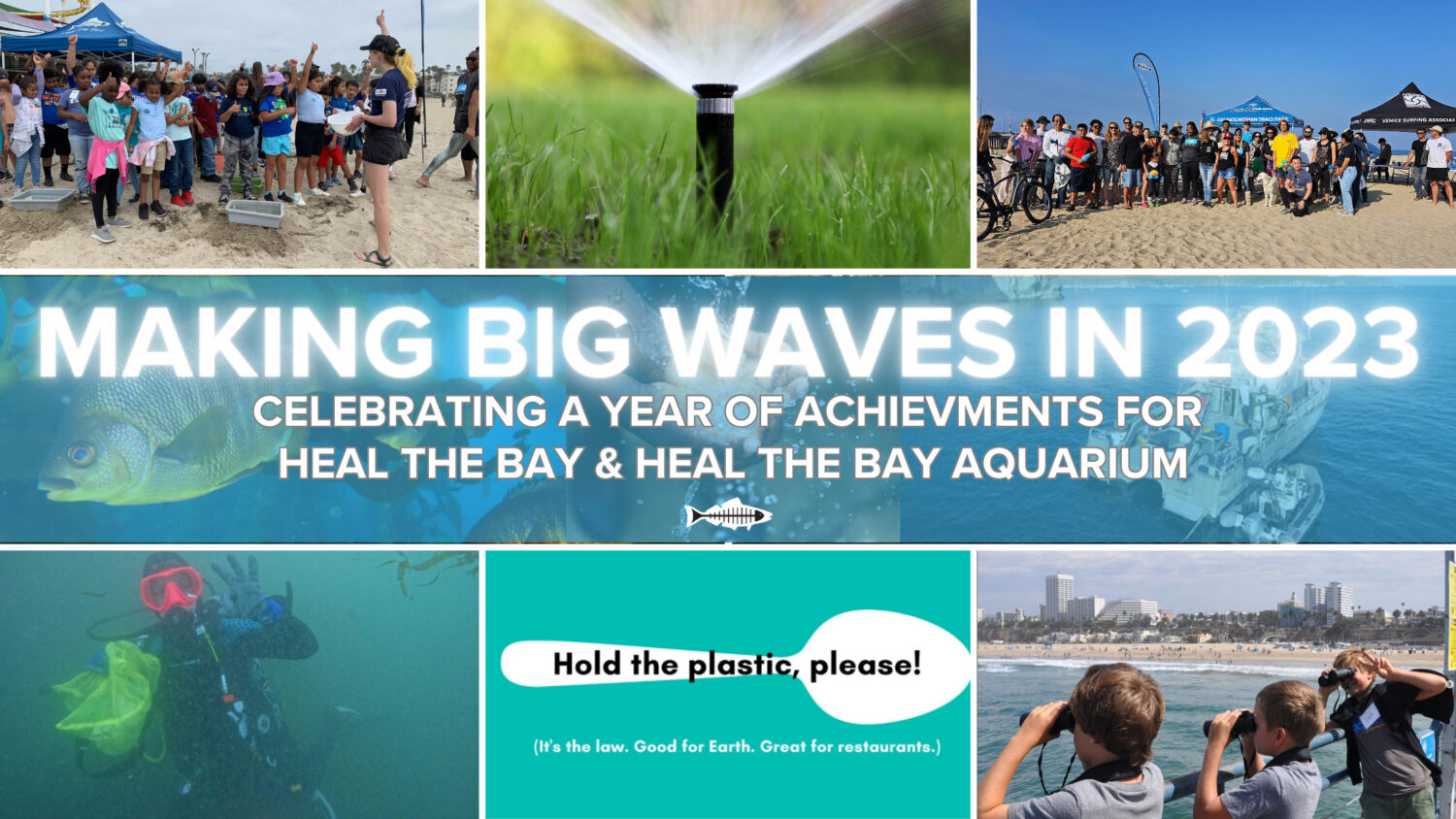



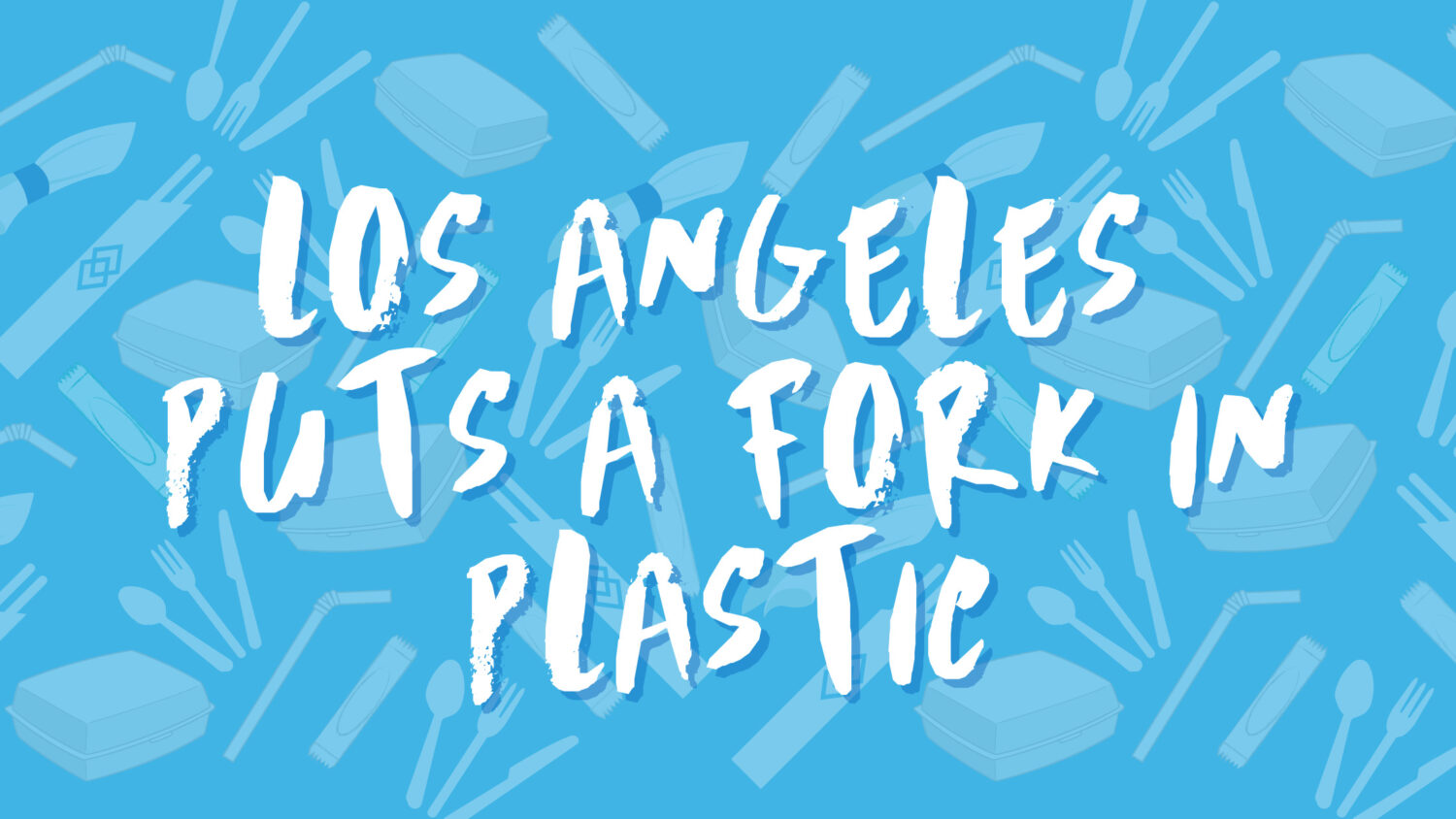
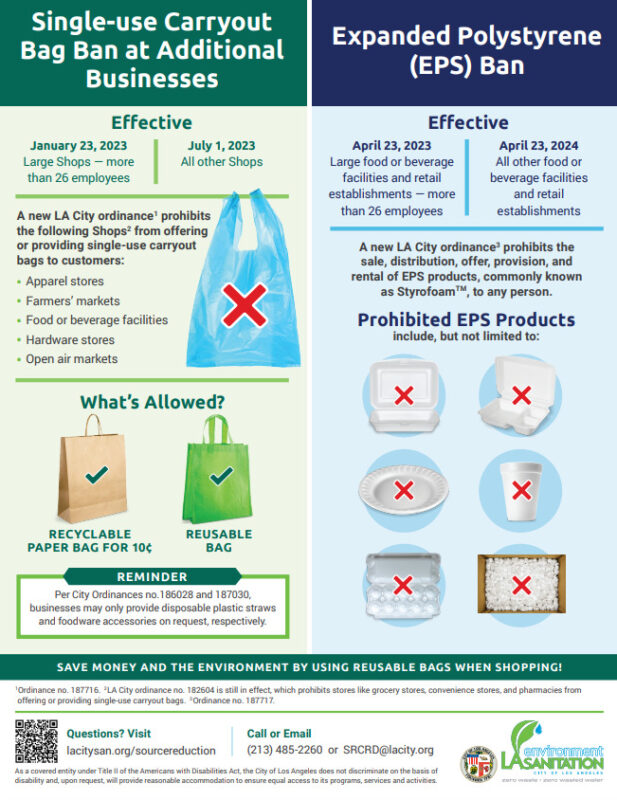
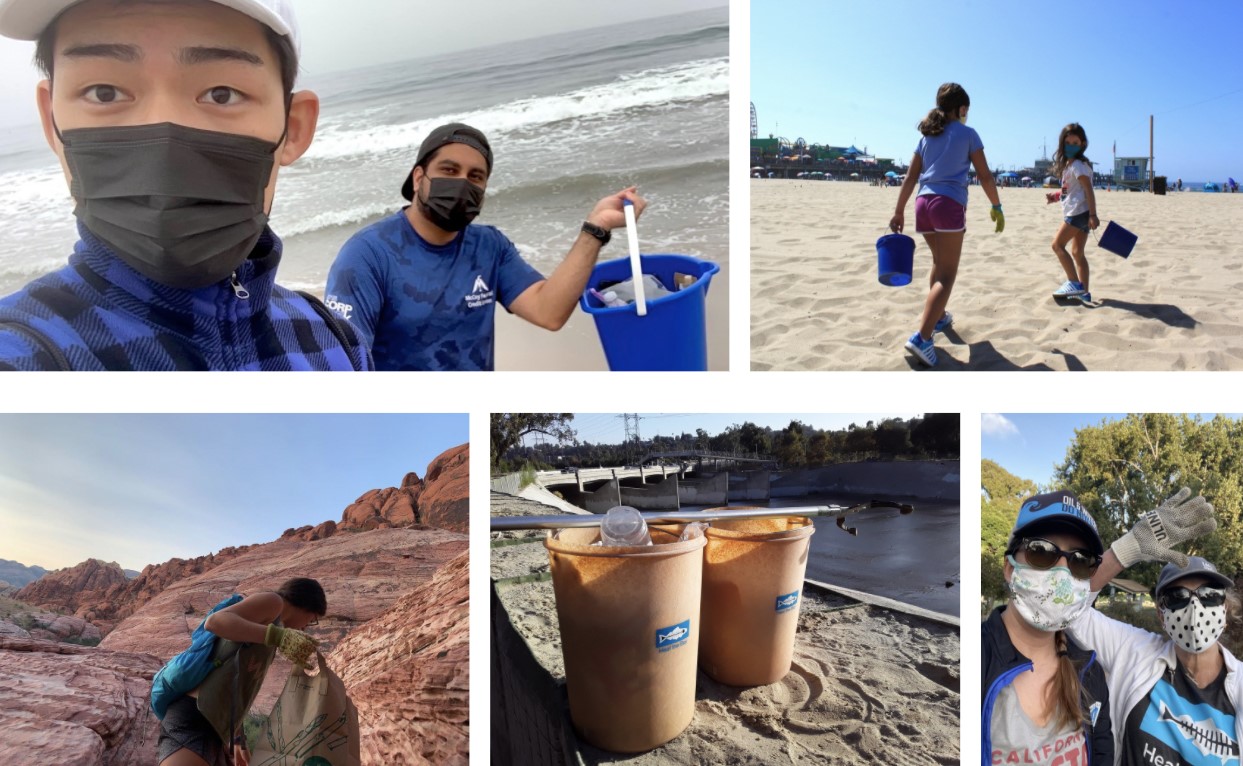
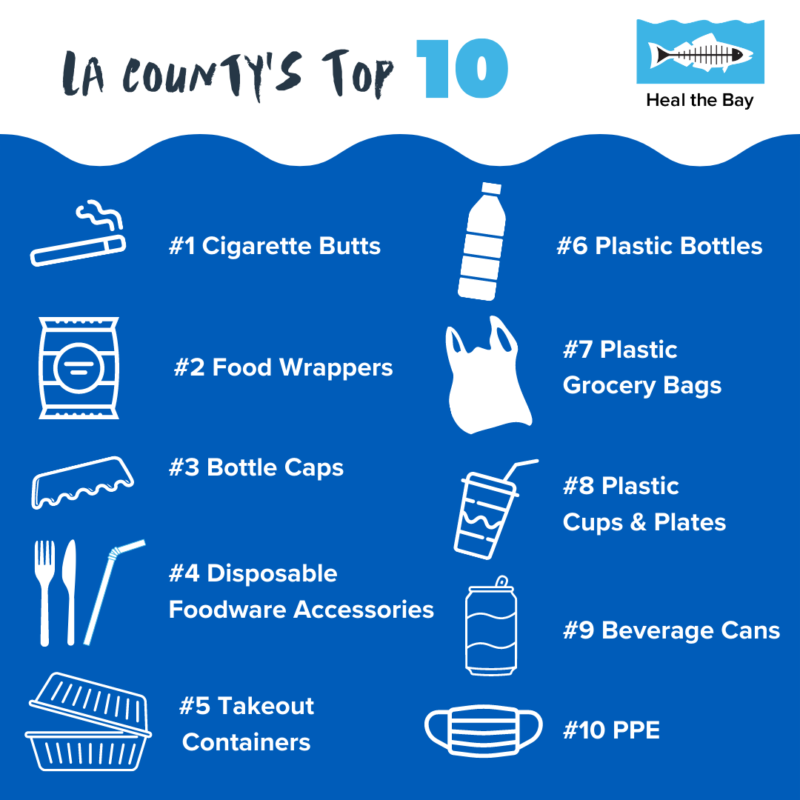
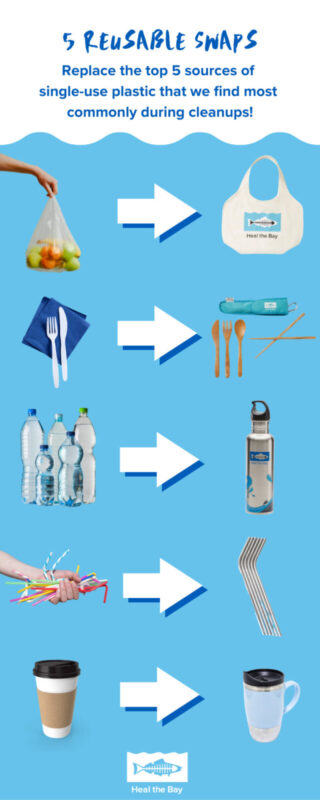
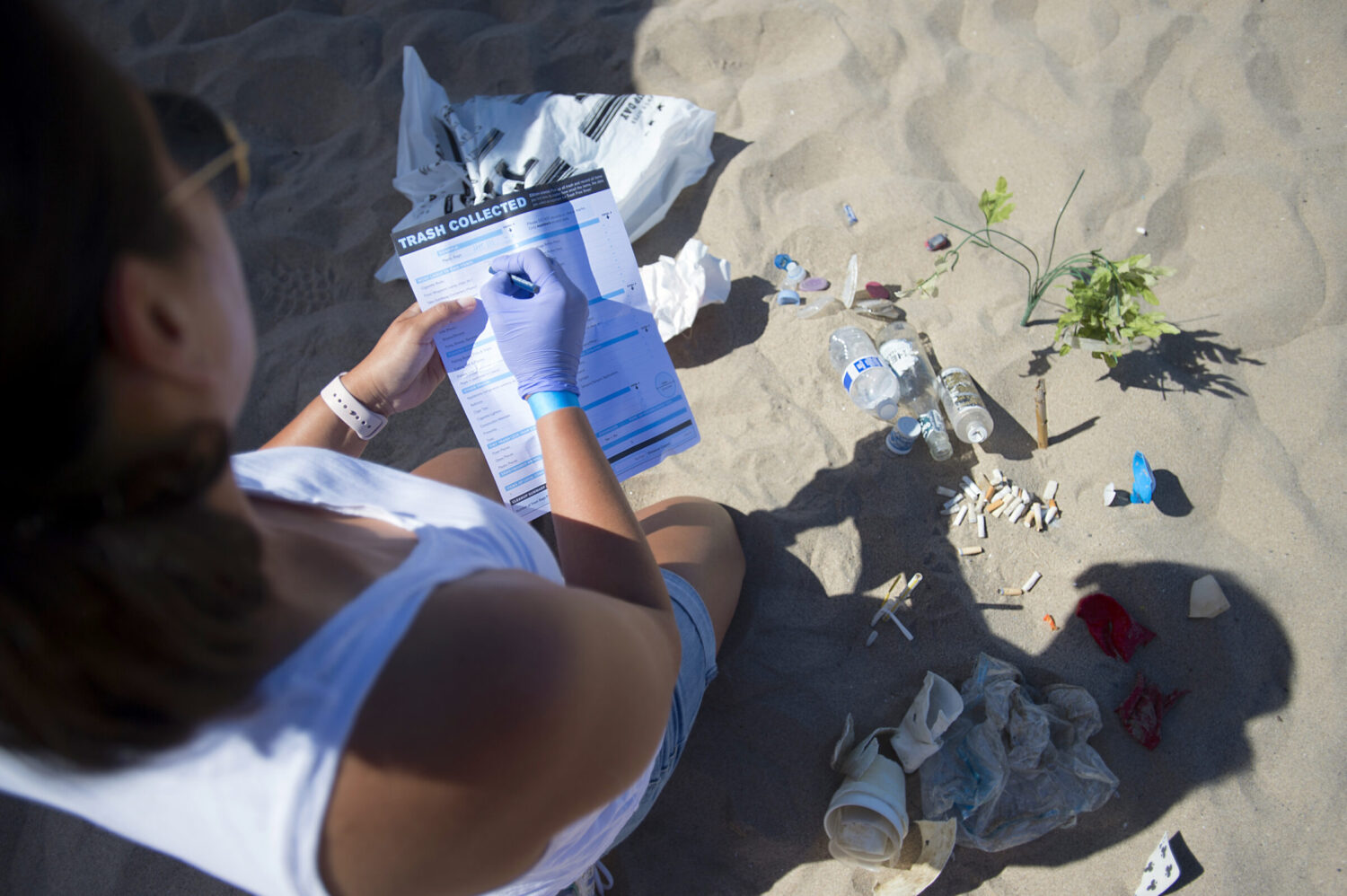
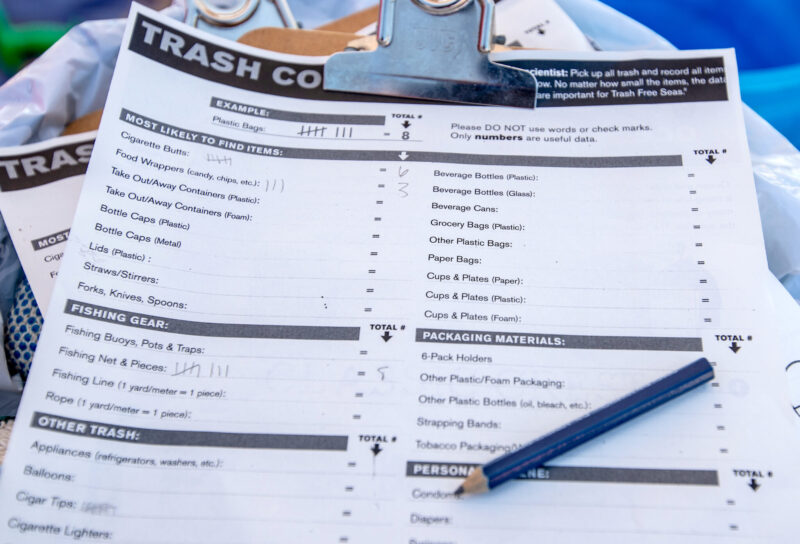 Photo by Venice Paparazzi. Courtesy of Dockweiler Youth Center and LA County Dept of Beaches & Harbors.
Photo by Venice Paparazzi. Courtesy of Dockweiler Youth Center and LA County Dept of Beaches & Harbors. Remember, your observations could lead to the next breakthrough. Finding ways to take individual and community action makes the fight against pollution more effective. Thanks for tracking valuable debris data, and being a part of this amazing cleanup effort.
Remember, your observations could lead to the next breakthrough. Finding ways to take individual and community action makes the fight against pollution more effective. Thanks for tracking valuable debris data, and being a part of this amazing cleanup effort.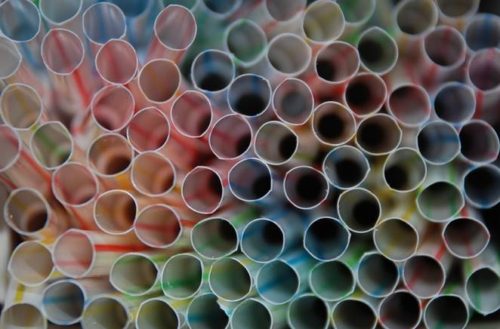

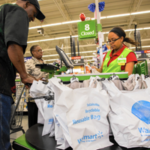 Why are some grocery stores still offering plastic bags at the checkout?
Why are some grocery stores still offering plastic bags at the checkout? 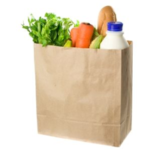 What does the law say about paper bags?
What does the law say about paper bags?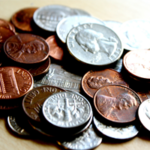 How much can I be charged for a paper or reusable bag?
How much can I be charged for a paper or reusable bag?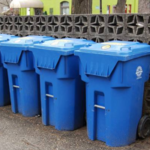 What should I do with all of the plastic bags I’ve saved under my kitchen sink?
What should I do with all of the plastic bags I’ve saved under my kitchen sink?
